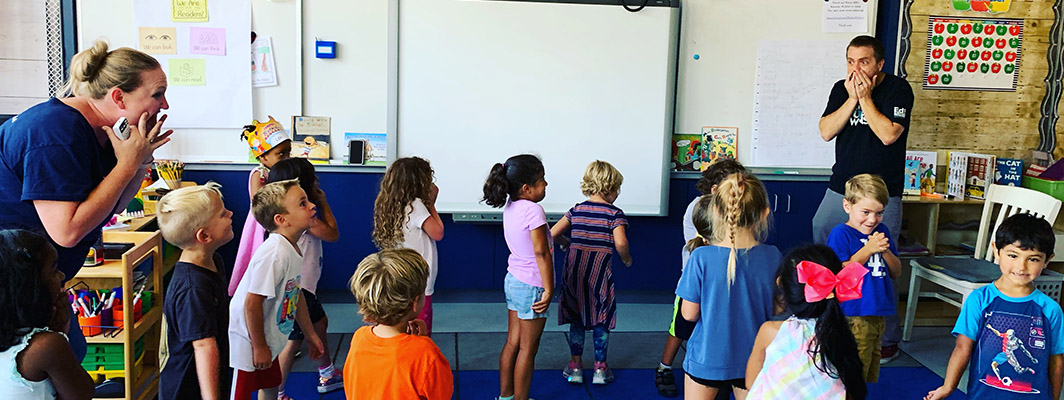
How do you measure success in the classroom? Is it through grades and test scores, or something more like social-emotional learning?
At El Segundo Unified School District (ESUSD) in southern California, we view our district as highly successful in many ways. And we also recognize a need to look beyond traditional measures of academic success to consider the whole child.
After taking a deep dive into the California Healthy Kids Survey, we saw alarming results—a trend of students with increased anxiety, students not feeling a sense of belonging, and an increase in chronic sadness. We found that 81% of El Segundo high school students reported feeling stress on a daily basis. Data also shows an increase in chronic absenteeism resulting from anxiety, most notably at the secondary levels. This was a call to action to commit to a social-emotional learning intervention.
When considering an intervention for ESUSD, it was essential to select a program that was backed by evidence. With social-emotional learning becoming a major topic of interest in the education field, we wanted to make sure we weren’t spending money on someone’s “hot idea.” Our community wants more than a “hot idea;” they want practices that have a high likelihood of being successful. And teachers also desire an intervention that is richly-steeped with research so it’s not just another program to try, but a vetted approach.
This understanding of the importance of an evidence-based approach led us to select RULER. Developed at the Yale Center for Emotional Intelligence, the RULER intervention teaches emotional intelligence skills—those associated with recognizing, understanding, labeling, expressing, and regulating emotions.
Lesson 1: RULER starts with the adults, including educators and administrators, who attend an intensive training session to learn the anchor tools to increase their own emotional intelligence and model these tools for students. The first year of implementation began with staff and teachers; student rollout took place the following year. Starting with adults ensured fidelity to RULER. It also helped our district move forward with the systemic work needed for change by looking at the program as a mindset, rather than a curriculum, and embedding it into everyday school life.
Lesson 2: This school year at ESUSD, we’ve continued our implementation of RULER with each classroom designing their own social-emotional learning charter. In this process, students become emotion scientists as they learn how to name their emotions, place themselves on the mood meter, and create strategy walls to shift their thinking and mindset to more closely align with their class charters. These steps reinforce a safe and comfortable social-emotional environment so that students can fully engage in learning.

A strategy wall at Richmond Street Elementary School to help students develop their emotional intelligence skills.
Lesson 3: The RULER approach highlights the need to educate the whole child. In order for students to become effective global citizens, we must learn to view them in a holistic manner that recognizes them as individuals with discrete feelings. Being aware of feelings and how they impact behaviors and decisions is a strategy that students can use in the classroom and beyond.
As we continue our journey of integrating social-emotional learning in our district, we see the value of developing a common language and framework around emotions so everyone (teachers, staff, and students) has an easier time navigating the program.
We are further along in our rollout with the elementary schools and view high school implementation as a critical next step, especially since high schoolers report experiencing many stressors, from AP courses to peer pressure.
It is our hope that the RULER approach becomes aligned with the ESUSD Graduate Profile, which enables students to be responsible, self-directed individuals who demonstrate expertise in:
For more information on social-emotional learning, visit the Social-Emotional Learning Topic Page on the Research Map to explore research summaries, tools, and resources that highlight key research findings.